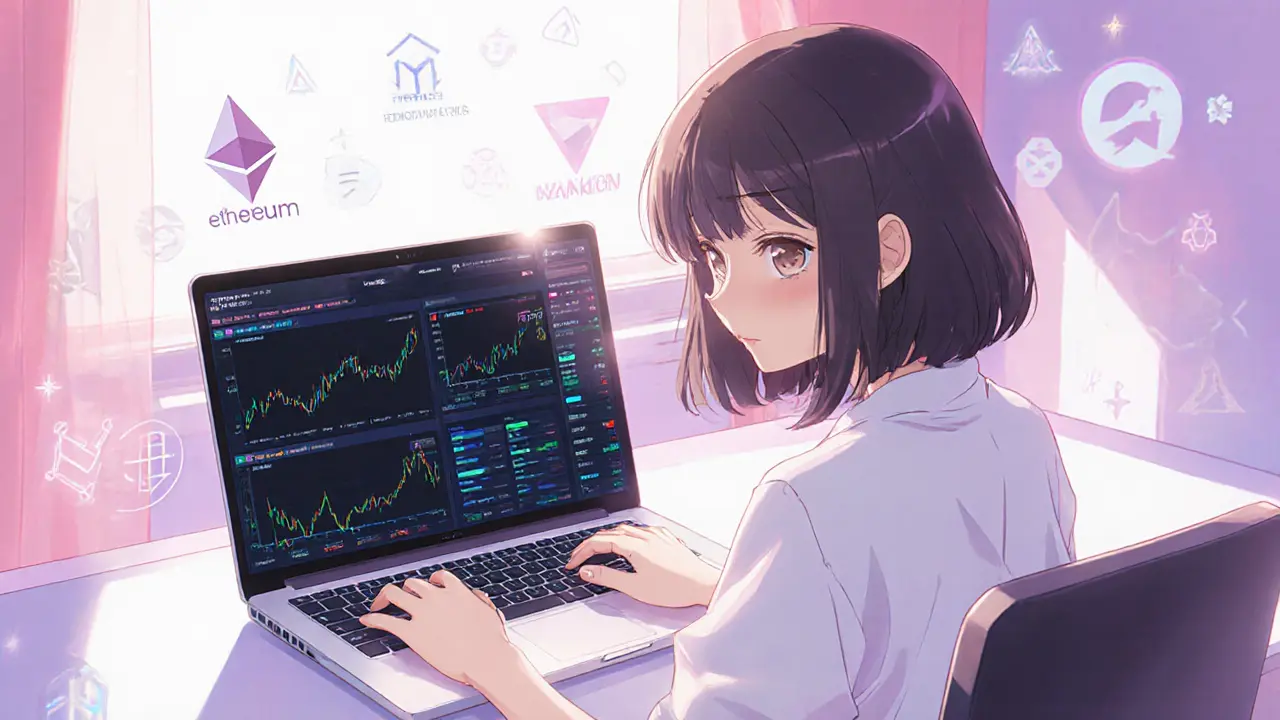Zero Gas Fees: How Free Transactions Are Changing Crypto Trading
When you hear Zero Gas Fees, the idea that you can move tokens without paying the usual network transaction cost. Also known as free transaction fees, it’s reshaping how traders think about costs. Zero gas fees sound too good to be true, but several platforms are actually delivering on that promise.
One of the biggest enablers is the rise of Decentralized Exchange, a platform that lets users swap assets directly from their wallets. DEXs can bake the fee into the tokenomics or subsidize it with native rewards, meaning you never see a separate gas line on your receipt. This model requires smart contract designs that balance user incentives with sustainable liquidity.
Behind the scenes, Layer 2 Scaling Solution, a secondary protocol that processes transactions off the main chain does the heavy lifting. By aggregating many trades into a single roll‑up, Layer 2 cuts the cost per transaction to fractions of a cent, making “zero gas” viable. In practice, the user still pays a tiny fee, but it’s often covered by the platform’s reward pool.
Chains that were built for speed, like Avalanche, a high‑throughput blockchain that finalizes transactions in under a second, provide a natural playground for fee‑free offers. Avalanche’s native token, AVAX, can be used to subsidize transaction costs for specific liquidity pools, letting traders move assets without a separate gas count.
Take Uniswap v3, the concentrated‑liquidity DEX that lets LPs choose price ranges on Avalanche. Its design lets liquidity providers earn enough fees to offset users’ gas, effectively delivering a “zero gas fee” experience for popular pairs. This creates a virtuous loop: more traders join because of low costs, increasing volume, which then raises LP earnings.
For everyday users, the trick is to hunt for platforms that combine these three pillars—DEX, Layer 2, and a low‑cost chain. Many dashboards now list “zero gas” pools, and wallets often highlight fee‑free swaps in their UI. By switching to a supported wallet and selecting the right pool, you can avoid paying anything extra beyond the market spread.
While zero gas fees sound appealing, they’re not without trade‑offs. Platforms often subsidize costs with token rewards, which means you might receive volatile assets as compensation. Some projects also charge higher swap spreads to cover the hidden expense. Understanding the fee structure—what’s truly “free” versus what’s baked into prices—helps you avoid surprise losses.
The broader crypto community is watching this trend closely. Developers are experimenting with hybrid models that blend on‑chain security with off‑chain computation, aiming to keep fees low without sacrificing safety. As more users experience fee‑free swaps, demand for seamless, low‑cost onboarding grows, pushing even larger ecosystems to adopt similar approaches.
Looking ahead, the push for zero gas fees is likely to accelerate as competition heats up and more roll‑up technologies mature. Expect more mainstream exchanges to launch fee‑free tiers, and new tokenomics models to share part of their protocol revenue with traders. Below you’ll find a curated set of articles that break down the mechanics, showcase real‑world examples, and give you tips on how to make the most of a fee‑free trading environment.
Kine Protocol Crypto Exchange Review 2025 - Deep Dive into Features, Security, and Token Outlook

A detailed 2025 review of Kine Protocol covering zero‑gas derivatives trading, security, UI, KINE token outlook, pros, cons, and who should use the platform.
